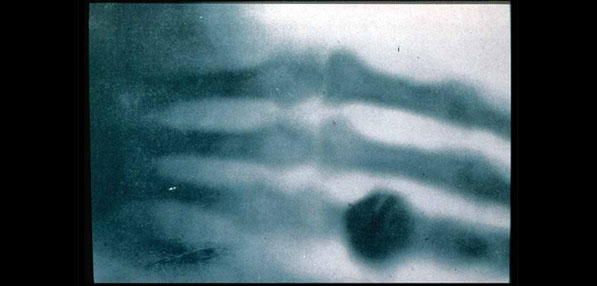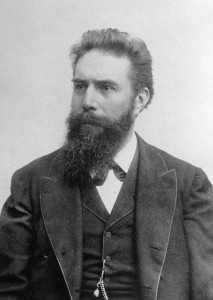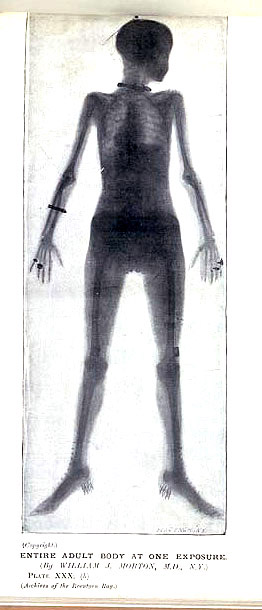November in health care history
In November of 1895, X-rays (electromagnetic rays) were discovered by Wilhelm Röntgen at the University of Wuerzburg in Germany. Röntgen—now considered the father of diagnostic radiology—was a physicist and was investigating the effects of electrical charges on various types of vacuum tube devices. Röntgen made his initial discovery on November 8, 1895 and it earned him the very first Nobel Prize in Physics in 1901.
Profoundly inspired by his discovery, he is reported to have ate and slept in his laboratory for several weeks as he investigated the properties of what he had temporarily termed “X-rays”, using the mathematical symbol X for something unknown.
About two weeks after his initial discovery Röntgen made the first-ever X-ray of his wife’s hand. When Mrs. Röntgen saw the image she said “I have seen my death!”
It’s widely accepted that the development of the X-Ray was a dramatic turning point in diagnostic medicine. Physicians could—for the first time—view the inner workings of the human body without having to cut into it. By 1896 the first X-ray department had been set up at the Glasgow Royal Infirmary.
Röntgen donated the cash reward from his Nobel Prize to his university. He also refused to take out patents on his discovery, saying that he wanted “mankind as a whole to benefit” from its practical applications. Röntgen died in Germany in 1923.
Today more than two million procedures are performed each year by Lower Mainland Medical Imaging Services, providing essential diagnostic and treatment options for patients. Technology has expanded beyond simple X-rays to include magnetic resonance imaging (MRI), computed tomography (CT), ultrasound (US), mammography and interventional radiology which uses imaging to guide procedures that may otherwise require surgery.
Sources: The British Library, Wikipedia, Medical Imaging Regional Services.



